SAN FRANCISCO -- Starting this week, California's poorest residents will be eligible to receive free government subsidized cellphones as part of a controversial program recently approved by the state's Public Utilities Commission.
All California residents who receive food stamps, Medicaid, earn less than $14,702 in annual income or are enrolled in any one of a host of federal and state programs are eligible for the Lifeline Assistance program, which offers a free cell phone along with a selection of three plans that range from free to $30 per month.
"This is great--it is transformative for homeless and low-income people," Bevan Dufty, San Francisco's head of homeless initiatives, told the San Francisco Chronicle. "Fundamentally, to be in the mainstream of our society you have to have a phone…And really, for the homeless population, you need a cell phone because they don't have a home to hard-wire one into. We really need this plan."
The Sacramento Bee reports that Assurance Wireless (a subsidiary of Virgin Mobile), one of the two companies administering the program, estimates that some 4.6 million California households could be eligible to receive the free phones.
The federal Lifeline program was started in the mid-1980s under then-President Ronald Reagan as a way to ensure all Americans had at least basic access to the country's communications grid. In 2005, as more Americans transitioned to mobile devices and participation dropped precipitously, the program moved to also include cell phones.
California has long had the landline program, which now boasts about 1.5 million subscribers, but will be the 37th state to offer cell phones.
In recent years, Lifeline Assistance has come under attack by some Republicans, who have held it up as an example of wasteful government spending. With the addition of cell phones, the program's nationwide cost ballooned from $819 million in 2008 to $2.2 billion last year.
The phones are limited to one per household. However, since the Federal Communication Commission's screening processes were relatively lax, many people took advantage of the program to get multiple cell phones or acquire phones they shouldn't have been eligible for in the first place.
An investigation by the Wall Street Journal found 41 percent of Lifeline subscribers on the program's five biggest mobile carriers "either couldn't demonstrate their eligibility or didn't respond to requests for certification."
A 2011 reform of the system eliminated over a million duplicate subscribers and reportedly reduced costs by $24 million.
To apply for the program, individuals can visit Assurance Wireless or Reach Out Wireless.
